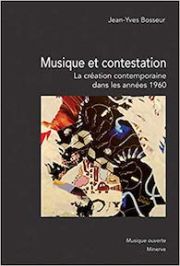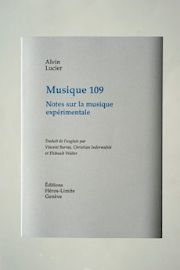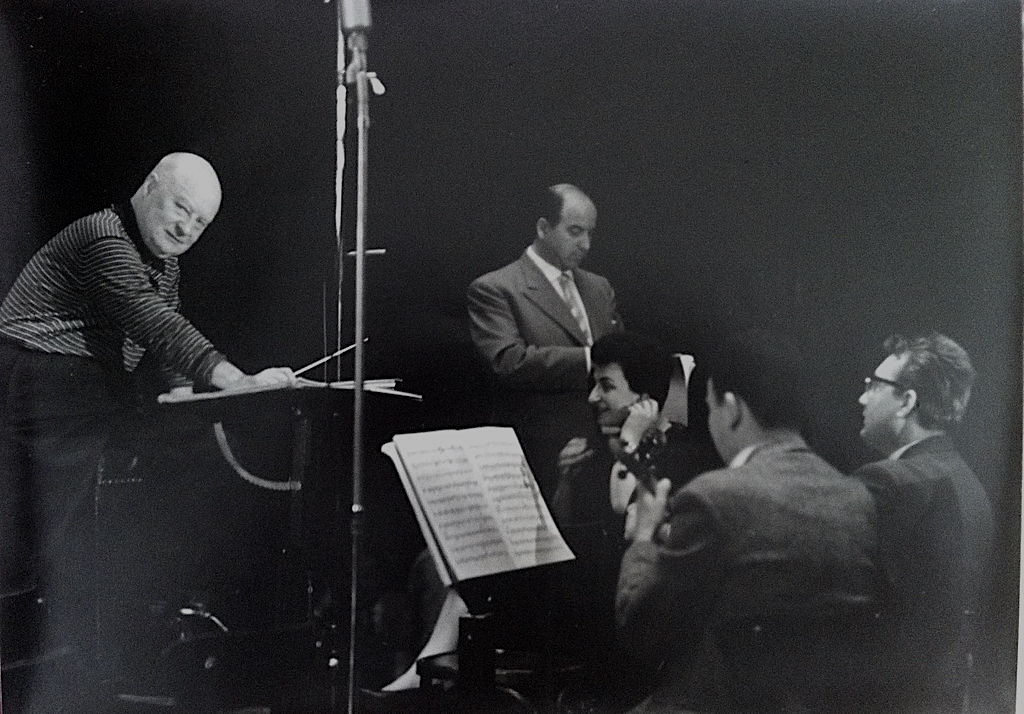Around John Cage
"My favorite music is the music I haven't heard yet" said Cage, about whom an impressive monograph and a brief autobiography have just been published. Two other books, also published this year, focus on musical trends of the second half of the 20th century, largely influenced by the American composer.
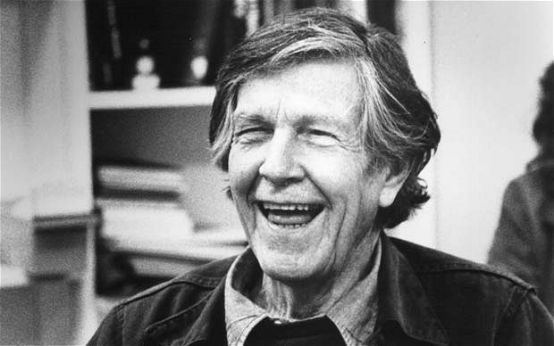
Cage's singular, ironic figure has become mythical, and has contributed to misunderstandings about his artistic output, despite the seriousness and rigor with which he produced it. In a monograph published by Fayard, the fruit of lengthy research based on numerous documents and personal accounts, Anne de Fornel has rightly chosen to focus on Cage's artistic output, classified thematically. She explains in detail the various techniques employed by Cage, including prepared piano, micro-macroscopic structure, the use of the Yi Jing and other random methods such as tracing the contours of stones or reproducing the position of stars from astronomical atlases, and covers of works by Satie, whom he greatly admired, retaining their structure and rhythm but modifying the pitch of the notes.
A radiant, generous personality who eschewed conformism, a pioneer of writing for solo percussion, electronics and happening performances, Cage was always insatiably curious, constantly on the lookout for new discoveries and experiments. In particular, he explored the field of non-intentionality and the integration of chance into the creative process - the path towards the acceptance of indeterminacy had indeed been opened up to him by the element of randomness encountered in the results of piano preparations. Depending on the opus, the choice of instrumentation, the sequence of the work, the musical text or even the possibility of playing several pieces simultaneously are left to the performers' discretion, stimulating their creativity and leaving them with some of the composer's responsibility. To encourage a freer relationship with the score, John Cage destructures conventional notation or uses graphic or textual indications. By including natural sounds and noises, without any hierarchy of values, he allows them to be rediscovered in all innocence, with simple, pure joy, particularly in his conceptual pieces. This book also looks at his no less inventive and experimental plastic, cinematographic and museum (exhibition design) works, the kinship between them and his musical compositions, and his fruitful collaboration with dancer Merce Cunningham.
Cage's autobiography
Three years before his death, in a lecture given in Kyōto, John Cage summed up his life with concision, humor and a sense of narrative. A bilingual reprint has just been published by Editions Allia, in a pleasant tête-bêche opuscule. It includes some of his favorite themes, in particular the use of silence. Cage talks freely and briefly about why he left university and did not continue his architectural apprenticeship, his composition studies with Schoenberg, his early pieces and his more recent works. He recounts his discovery of Zen Buddhism, mentions his lithographs, watercolors and other graphic creations, touches on his passion for mycology or his writing of mesostiches, before concluding with a luminous tribute to percussion, which can bring musicians another dimension of time and teach them the importance of silence.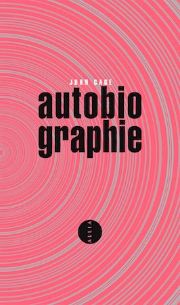
The 60s protest movement in music
Jean-Yves Bosseur, author of a landmark biography of Cage (and of the preface to the monograph presented above), describes in a book published by Minerve a panorama of protest attitudes in musical creation in the 1960s, often influenced by the example of American composers grouped together under the name of the New York School: Brown, Feldman, Wolff, and above all Cage and his quest for the non-intentionality and unpredictability of the musical process, his integration of noise and silence, his stimulation of the perception of sound phenomena implying more active listening on the part of the listener, his attitude opposed to that which encloses, divides and hierarchizes, his abandonment, in favor of musical events each time different, of the concept of a finished work under the sole responsibility of a composer. The author, who experienced these musical and social struggles from the inside, and who makes no secret of their disillusions and ambiguities, develops a musicology dissertation, defended under her direction, by Radosveta Bruzaud, who passed away too soon.
The political contestation of this period gave rise to new or renewed musical practices (collective creation and improvisation, musical theater, interdisciplinarity, open forms) as well as a questioning of the institutions of official cultural policy (including those of the avant-garde, which had become academic) and even of the notion of the work, or even of the composer. Bosseur outlines the history and artistic ambitions of various movements, with different socio-political concerns, aesthetic directions and methods, which, despite a desire to democratize culture, remained mainly elitist. These include collective improvisation groups, with or without electronic equipment, live electronic groups, Cornelius Cardew's Scratch Orchestra, GERM, New Phonic Art and, above all, the Fluxus movement. Inspired by Cage, as well as Dadaism and Duchamp, Fluxus aimed to merge art and everyday life in action-performances, and to break down the boundaries between the arts. What they all have in common is the primacy of the production process over the product, and of the event over the aesthetic object.
American experimental music
A major composer of contemporary American music, Alvin Lucier taught at the renowned Wesleyan University in Middletown CT, whose music department is particularly renowned. Published under the title given by the administration to his course (Music 109), notes taken over four decades by students were arranged and sorted on this occasion. Preserved at the teacher's request, the original oral character has been respected by the French translation published by Héros-Limite, although there are, fortunately rarely, a few approximations, for example on page 209 where, on the one hand, "pattern", used here to designate the scales of the octoecho modes, is mistranslated as "motif", and "major and minor keys" is metamorphosed into "touches majeures et mineures" (major and minor keys). The absence of a critical apparatus and, above all, of an index is also regrettable. This does not, however, spoil the pleasure of this first-hand source, in which Lucier, a direct witness to and even protagonist of the creations, presents, without any concern for completeness, works of capital importance for experimental contemporary music in the USA, or which at least opened up new avenues, written by composers most of whom he knew well (including Ashley, Cage, Feldman, Glass, Reich, Wolff, as well as Lucier himself, who remains modest throughout the book, despite his significant contribution to this half-century of musical discovery). Sharing his unconcealed enthusiasm with conviction (words like "marvelous" or "magnificent" recur very frequently), he reveals the ideas behind these pieces, places them in context, sometimes describing the public reception. He also covers a few basic musical notions, since his course was also open to neophytes. This invitation to listen illustrates Cage's idea that music should be a discovery, not the reproduction of personal habits or tastes.
Anne de Fornel, John Cage, 728 p., € 49.00, Fayard, Paris 2019, ISBN 9782213705057
John Cage: Autobiographie, Bilingual edition, 64 p., € 6.50, Éditions Allia, Paris 2019, ISBN 979-10-304-1180-5
Jean-Yves Bosseur: Musique et contestation. La création contemporaine dans les années 1960, 228 p., € 22.00, Éditions Minerve, Paris 2019, ISBN 978-2-86931-153-4
Alvin Lucier: Musique 109. Notes on experimental music, 272 p., € 22.00,
Éditions Héros-Limite, Geneva 2019, ISBN 978-2-940517-83-1






